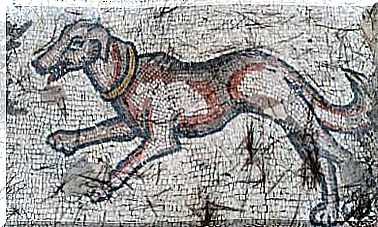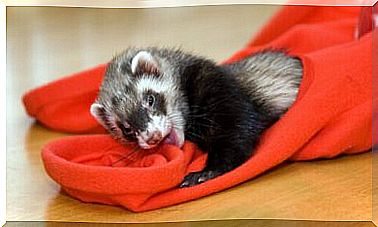Can Species Be Recovered From Extinction?
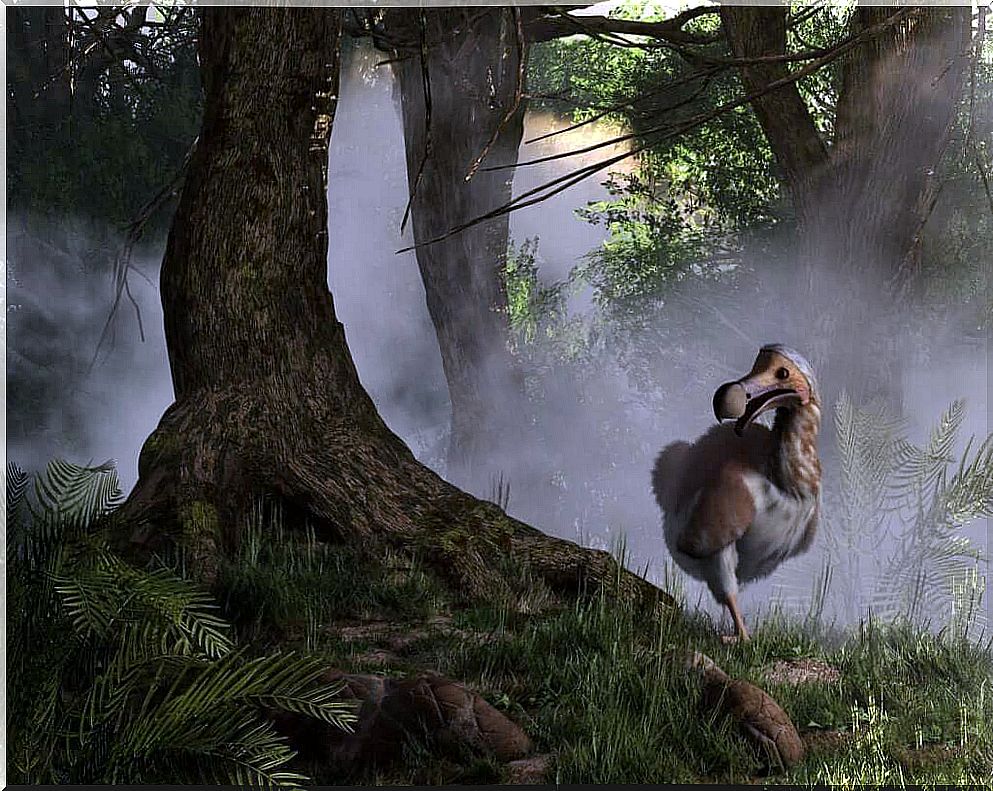
Extinction, while it may seem like a cruel phenomenon, is something that has happened with relative regularity throughout the history of planet Earth. In fact, the decline in species diversity at the global level has occurred due to various mass extinctions and at the local level due to other minor phenomena.
Thus, in an ecosystem that constantly reaches new balances, extinct species give way to others more prepared for the use of resources. Unfortunately, human intervention in every resource on the planet, directly or indirectly, has forced the extinction of numerous species at a dizzying pace.
This raises an interesting question: Should we, if we can, reverse the extinctions that happened because of us? Find out here everything that is known about this subject and the ethical considerations that go with it.
What does it mean to reverse extinction?
It is interesting to know that, in recent decades, a scientific sector has promoted a new intervention in the world, which was called de-extinction. This initiative proposes the creation – through the use of genetic methodologies – of an organism that is or closely resembles a member of an extinct species.
Is it really possible to rescue a species from extinction?
Of course, today the necessary technology is at our disposal to rescue a species from extinction. There are three ways to bring species back from extinction:
- Cloning.
- Genetic engineering.
- Selective breeding or strategic mating.
Cloning involves inserting a nucleus from the extinct animal’s cells into the unfertilized egg of a host species and then implanting the cell into a substitute. By this method, the sheep Dolly in 1996 and an extinct animal species, a Pyrenean Capra in 2009 , were cloned, which only managed to live for 10 minutes.
Thus, theoretically, the nucleus of an elephant egg could be replaced by one extracted from a woolly mammoth cell. Simply explained in this way, the elephant’s genetic code is replaced by that of the mammoth.
An electrical pulse causes the cell to start multiplying, and if all goes well, an embryo will develop. The embryo is then placed in an elephant to continue a “normal” gestation process.
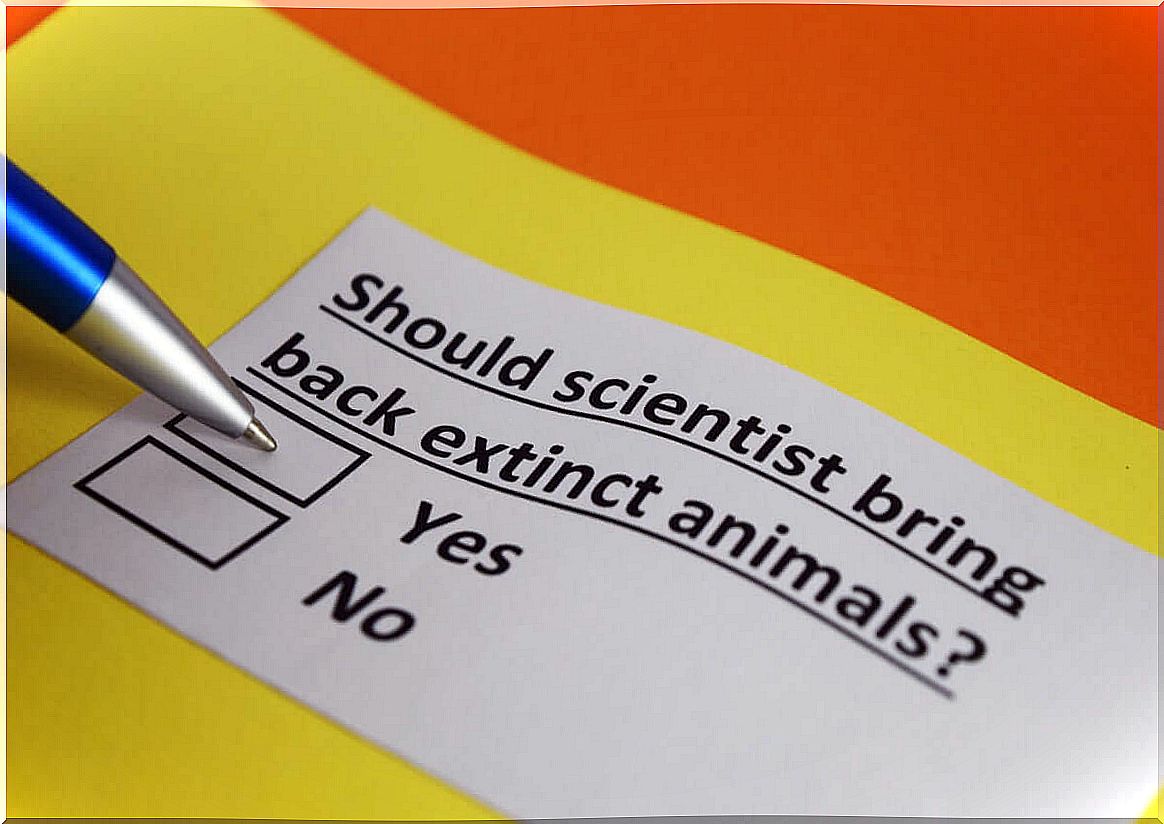
Other methodologies
In the approach dominated by genetic engineering, scientists rescue fragments of DNA sequences from the extinct animal and fill in the gaps – missing sequences – with information from the DNA of a closely related living species. This alternative improves with the advent of the CRISPR system for targeted DNA insertion.
Alternatively, in selective breeding or strategic mating, scientists identify certain traits and selectively breed close living relatives of an extinct species until the living specimens begin to look like their vanished ancestors.
Are there ongoing projects to recover endangered species?
Today, there are a number of projects underway, such as those in charge of reviving the homing pigeon, the woolly mammoth and the frog of the species Rheobatrachus silus . Currently, efforts have already been invested in these emblematic animal species, in addition to those already mentioned, such as the moa, the carolina parakeet or the Chinese lake dolphin.
In South Africa, there is a project to revive the quaga ( Equus quagga quagga ), a subspecies of the common zebra. The Quagga Project aims to reproduce a population morphologically close to the original. This initiative was launched in 1987, and by 2005 the fifth-generation animals had recognizable quaga characteristics.
Is it a good idea to reverse the extinction of a species?
As with all controversial issues, opinions are divided. Defenders argue that we have a moral obligation to recover animals that have gone missing because of us.
For example, homing pigeon, steller dugong and dodo were lost to hunting, habitat destruction and man-made diseases. It is theorized that all these animals would still be with us if it weren’t for certain human activities.
In addition, experts point out that this could be a way to increase biodiversity. For example, large grazing herbivores such as woolly mammoths can improve soil quality or turn arid areas of Siberian tundra into rich pastures.
Reasons cited by critics
Critics argue that these techniques can take resources away from conservation effort programs for current species. This would put even more animals at risk of extinction.
In addition, reintroduced species may find it difficult to survive in the wild. Many of their former habitats no longer exist, so these animals would have no defense mechanisms to protect themselves from today’s predators.
Furthermore, your immune system may not be equipped to deal with new pathogens. Once infected with certain parasites, these revived animals could transmit diseases to other species, a fact that would have a very negative impact on current ecosystems.
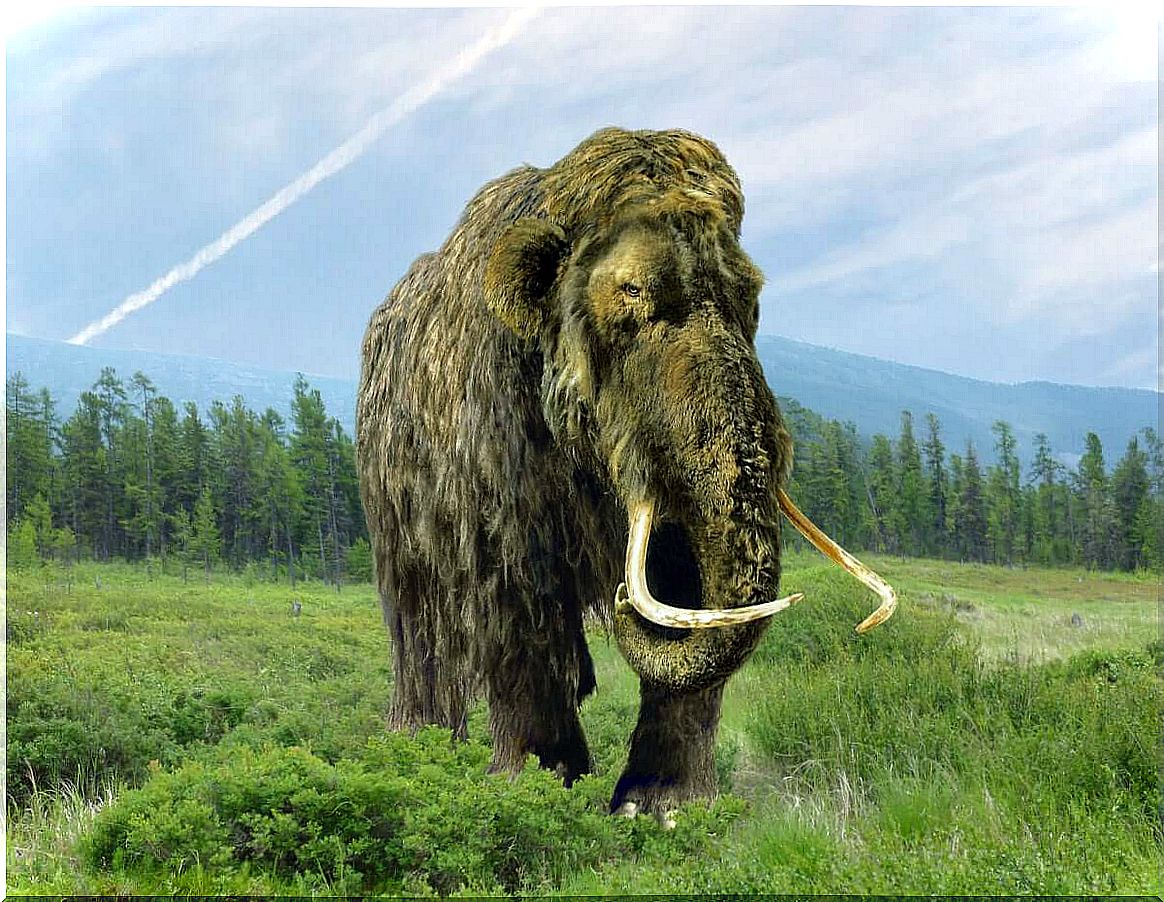
In short, it’s not at all clear who will win the debate, mostly because we don’t know exactly where extinction research will take us. Clearly, tough decisions will need to be made in the future. What would you do?



